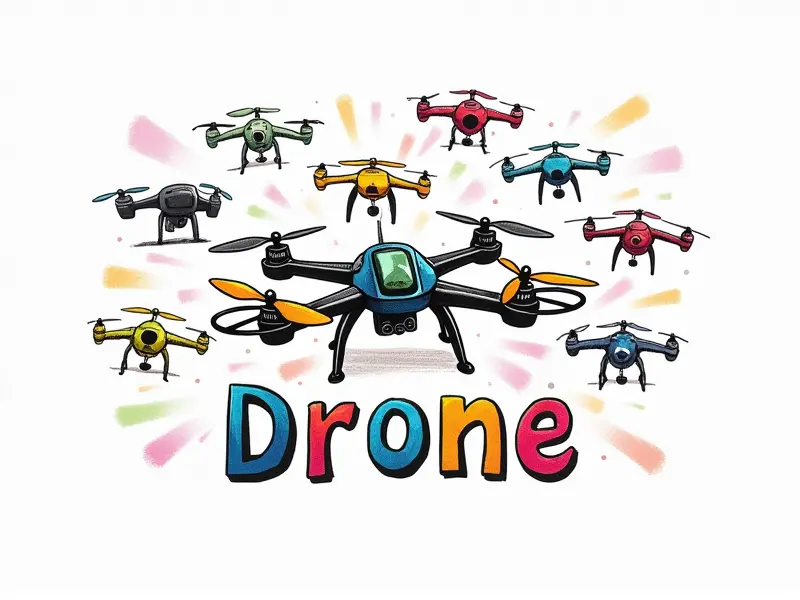What's battery capacity?

Essential Guide to Drone Batteries
Welcome to the comprehensive guide on drone batteries. Whether you're a beginner or an experienced pilot, understanding your drone's battery capacity is crucial for achieving optimal performance and extending flight time.
Choosing the Right Battery Capacity
The first step in mastering drone batteries is selecting the right capacity. The capacity of a battery, measured in milliampere-hours (mAh), determines how long your drone can stay airborne before needing a recharge. Higher mAh values equate to longer flight times but may add more weight and bulk to your drone.
Boost Your Drone's Power with Proper Capacity
Selecting the appropriate battery capacity is essential for maximizing performance. A well-chosen battery ensures that your drone has enough power to handle various tasks, whether it’s capturing aerial footage or engaging in high-speed FPV racing.
Optimal Battery Capacity for FPV Racing Drones
- Battery Type: LiPo (Lithium Polymer)
- Capacity Range: 1000mAh - 2500mAh
- Voltage: Typically 3S or 4S
- Benefits: High power density, lightweight, and capable of delivering high amperage for fast-paced racing.
How Battery Capacity Affects Flight
The capacity of your battery directly impacts flight time and performance. Higher-capacity batteries can extend flight duration but may reduce maneuverability due to increased weight. Conversely, lower-capacity batteries offer better agility at the expense of shorter flights.
Maximize Flight Time with Efficient RC Batteries
To get the most out of your drone’s battery life, consider factors such as cell count and discharge rate when choosing a battery. A higher number of cells can provide more voltage but also adds weight. Similarly, batteries with high C ratings are better suited for demanding applications like FPV racing.
Best Battery Capacities for RC Models
- For Camera Drones: 2500mAh - 4000mAh (depending on the drone’s power requirements)
- For FPV Racing: 1000mAh - 2500mAh
- For Small Indoor Drones: 300mAh - 800mAh (lightweight and compact for indoor use)
Essential Battery Tips for FPV Racing
FPV racing drones require batteries that can handle high discharge rates while maintaining a balance between capacity and weight. Here are some tips:
- Select High-C Rating Batteries: Opt for LiPo cells with C ratings of 40C or higher.
- Balancing Capacity and Weight: Choose batteries that offer a good compromise between capacity and weight to ensure optimal performance during races.
Extend Flight Time with Efficient Batteries
To extend your drone’s flight time, focus on optimizing battery efficiency. This involves selecting the right type of battery (such as LiPo for high-power applications) and ensuring that it is properly charged before each use.
Boost Your Drone's Endurance: Battery Tips
- Monitor Voltage: Keep track of your battery’s voltage during flights to avoid deep discharges, which can damage the cells.
- Battery Maintenance: Regularly check and clean battery terminals to ensure optimal conductivity and performance.
Choosing the Right Battery for RC Helicopters
Selecting the right battery for your RC helicopter is crucial for achieving smooth flight operations. Consider the following factors:
- Battery Capacity: Choose a capacity that matches your helicopter's power requirements.
- Voltage Compatibility: Ensure the battery voltage aligns with your helicopter’s motor specifications.
Conclusion
In conclusion, understanding and optimizing drone batteries is vital for enhancing performance and extending flight time. By choosing the right capacity, maintaining optimal efficiency, and adhering to best practices, you can ensure that your drone operates at its peak potential whether it’s a camera drone or an FPV racer.

